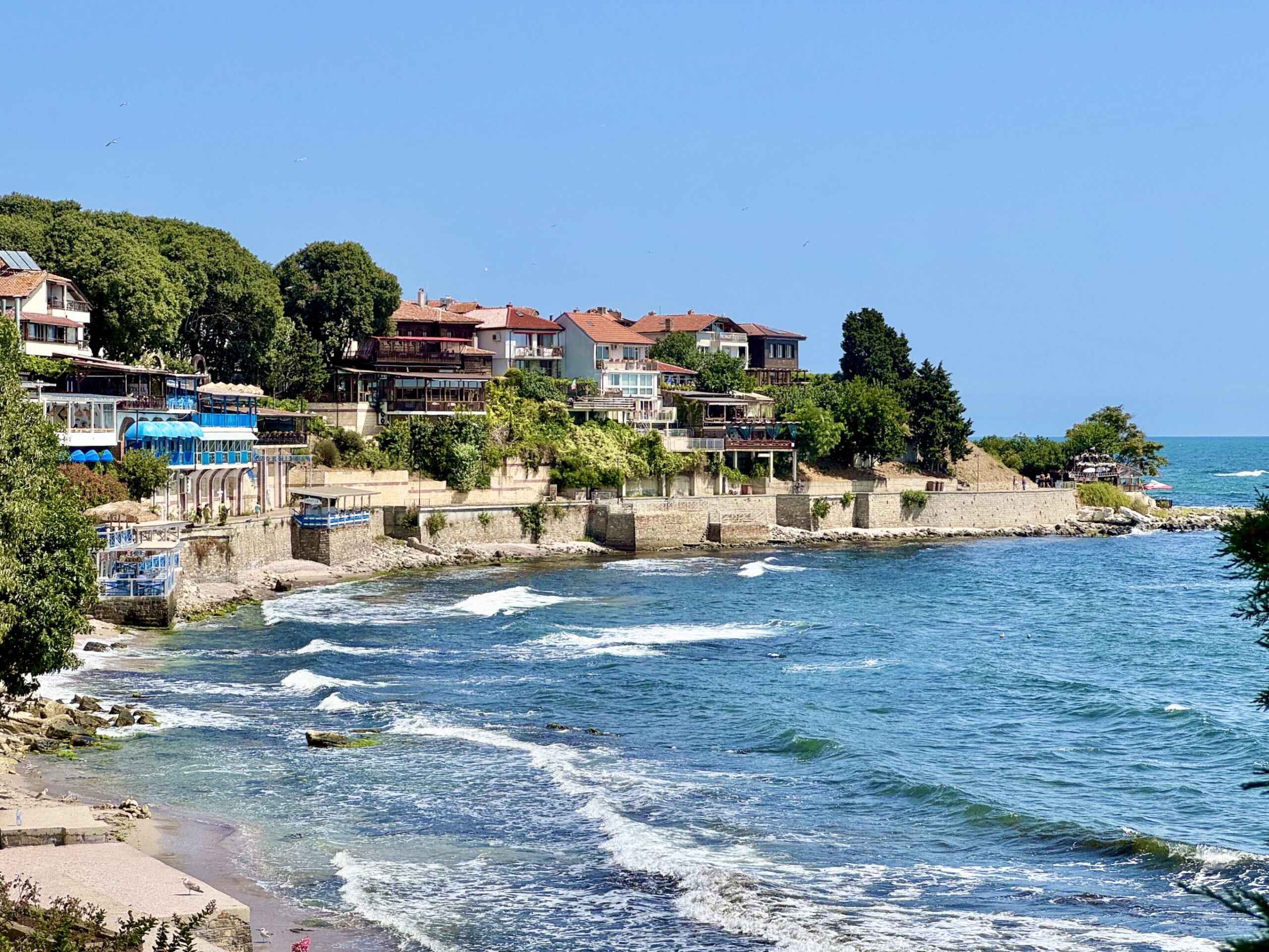Beyond our regular annual long trips and handful of city breaks, Andrea and I always try to squeeze in a proper “vacation” each year – you know, the kind where you actually visit a nearby country with decent beaches during summer and genuinely relax for a bit. In 2025, Bulgaria won the lottery, though not just because it’s close to us and relatively affordable. Oddly enough, it was one of the few European countries I’d never visited, and Andrea’s last Bulgarian beach vacation had been a complete washout with non-stop rain. So we were both looking forward to – hopefully – some fresh experiences.
We spent 8 nights in the country, which gave us a solid 8 full days since we arrived late evening on “day zero” in Sofia. When piecing together our Bulgaria itinerary, we aimed for variety: obviously we wanted to hit the major cities of Sofia and Plovdiv, squeeze in some hiking, and genuinely switch into relaxation mode on the Black Sea coast. As you’ll see, that last part didn’t quite pan out – the schedule turned out pretty intense. But like with our other itineraries, it’s worth noting you don’t have to follow our exact footsteps. In fact, we’ll share tips at the end about what we’d do differently with hindsight’s perfect vision.
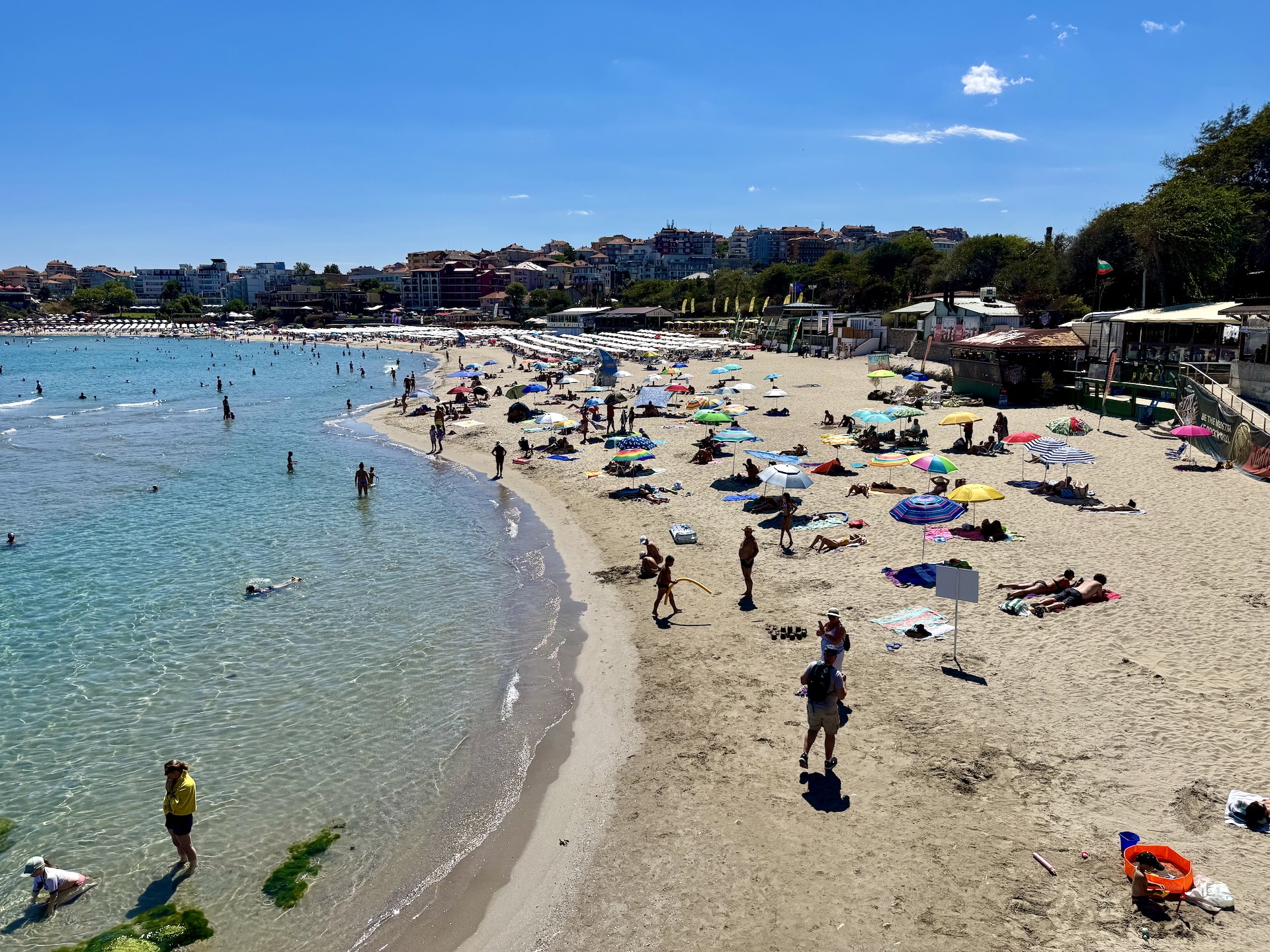
Essential Bulgaria Facts
Before diving into a quick introduction, here are the key facts about the country in bullet points:
- Population: 6.4 million
- Area: ~111,000 km² (~68,900 square miles)
- Official language: Bulgarian (Cyrillic alphabet)
- Currency: Bulgarian lev (at least when we visited – switching to euro January 1, 2026)
- Visa: Part of the Schengen Area
- Internet connectivity: EU roaming-capable SIM cards work, plus eSIM options
Bulgaria in a Nutshell: History, Geography, and “Travelability”
Bulgaria sits at one of history’s great crossroads, where empires have risen and fallen for over three millennia, leaving behind a fascinating tapestry of ruins, traditions, and architectural styles that travelers can explore for a fraction of Western European prices. The ancient Thracians first established their mysterious civilization here, leaving behind remarkable golden treasures and tomb complexes, before the Romans transformed the region into a prosperous province dotted with amphitheaters and thermal baths. As the Byzantine Empire’s northern frontier, then five centuries under Ottoman rule, Bulgaria accumulated layers of churches, mosques, and fortresses, creating towns where medieval Orthodox monasteries share skylines with Ottoman-era minarets. The 20th century added its own dramatic chapter through the socialist era (1946-1989), adding brutalist monuments like Buzludzha alongside grand boulevards.
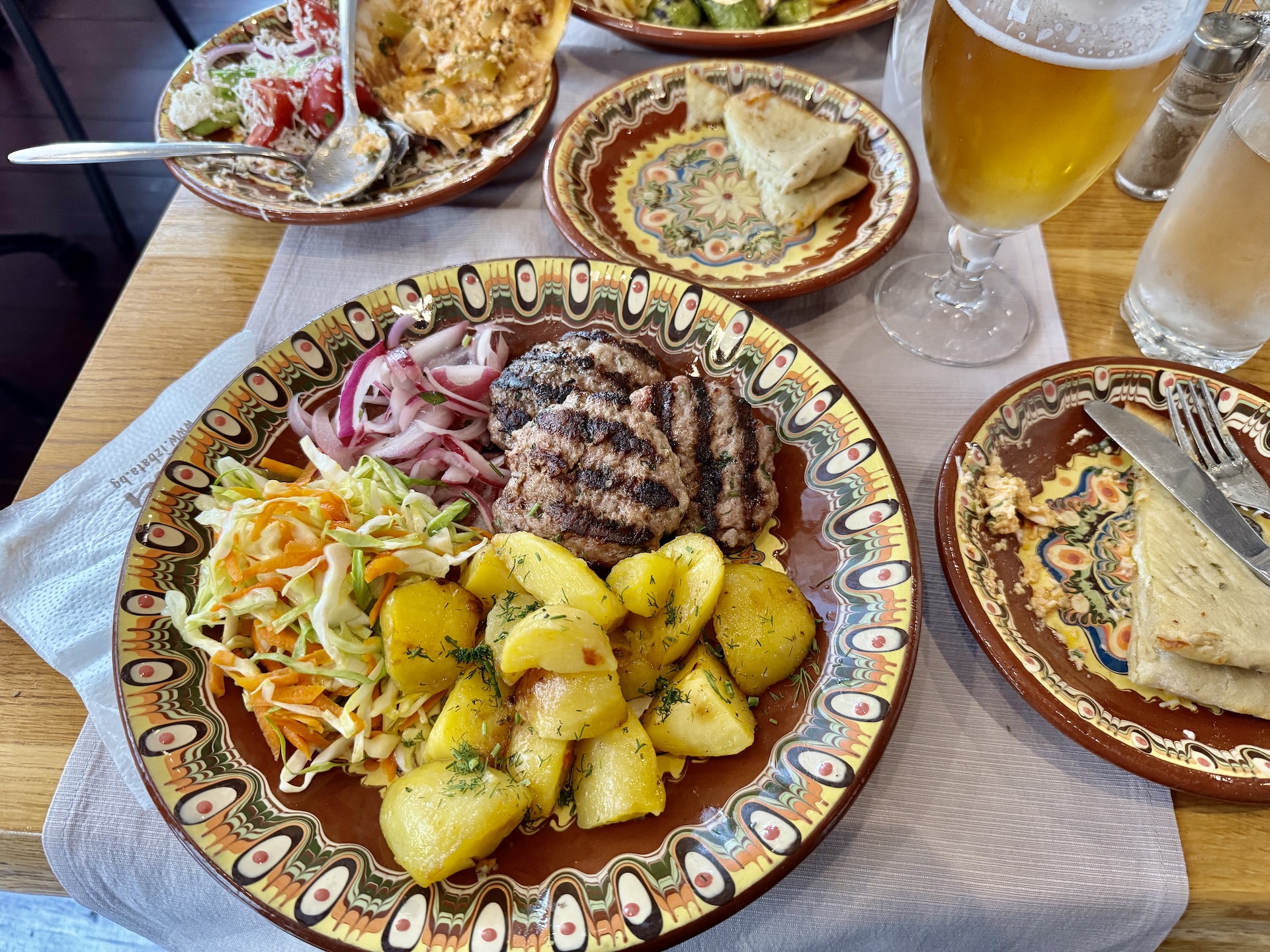
Nature carved Bulgaria as generously as history shaped it, packing remarkable geographic diversity into a relatively small country. The Balkan Mountains slice across the center like a 600-kilometer (370-mile) spine, while the Rila, Pirin, and Rhodope ranges in the south thrust peaks Abony 2,900 meters (9,500 feet), harboring pristine glacial lakes, dense forests, and some of Europe’s most affordable skiing. The Black Sea coast stretches for 378 kilometers (235 miles) along the country’s eastern edge, alternating between sandy beach resorts and dramatic cliffs punctuated by ancient towns like Nesebar and Sozopol. This compact geography means you can hike among alpine lakes in the morning and sip wine at a beach bar by evening – all while spending less in a week than you might on a weekend in Paris.
The infrastructure has modernized enough to make travel comfortable – with decent roads, widespread Wi-Fi and mobile coverage, and a growing number of English speakers – while retaining the slightly rough edges that make for actual adventure. Whether you’re drawn to Roman ruins, Orthodox art, mountain trails, Black Sea beaches, or simply the thrill of exploring a corner of Europe that still feels like a discovery, Bulgaria rewards the curious traveler with experiences that feel increasingly rare in our over-mapped world.
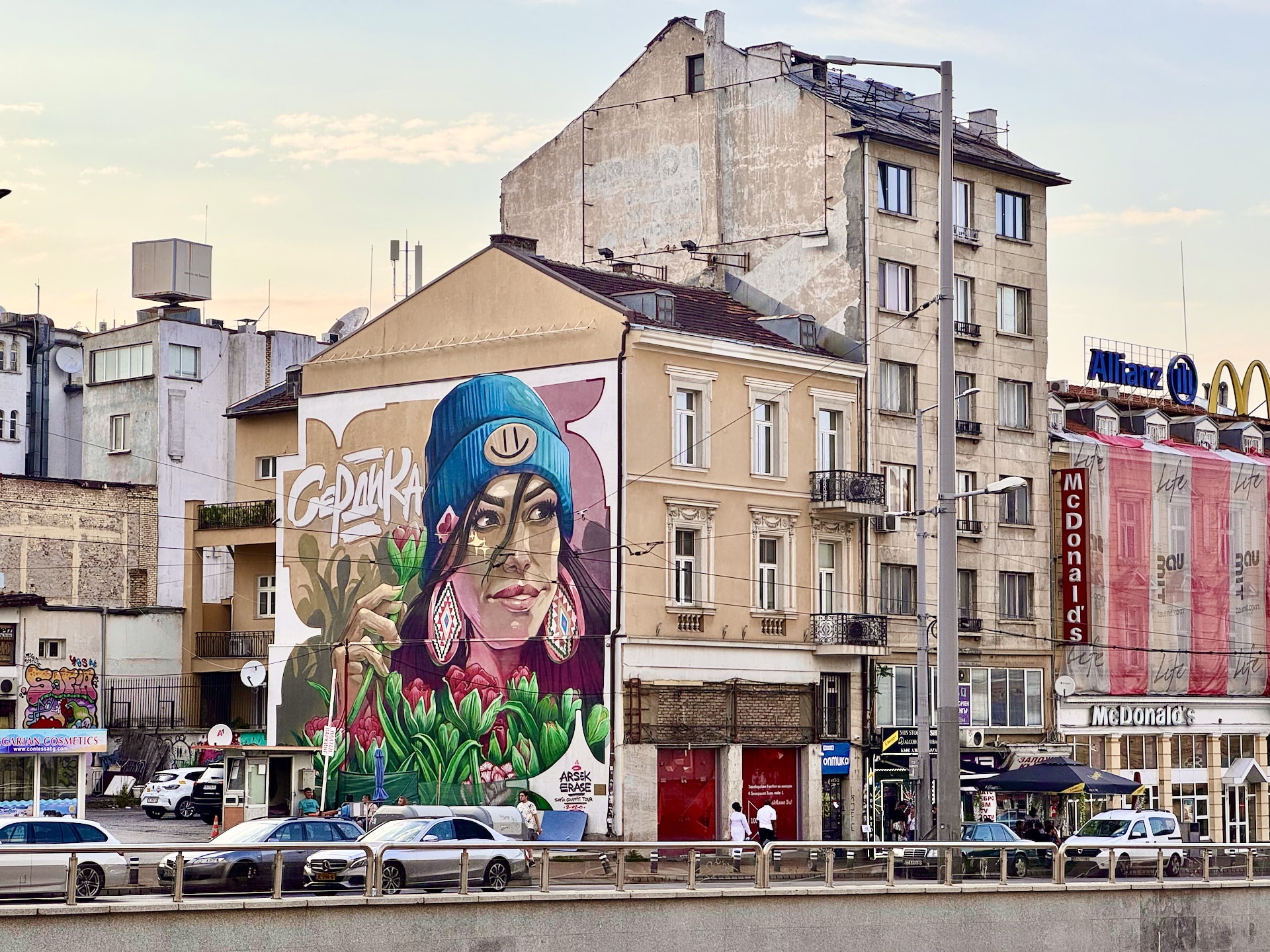
Quick Facts About This Trip
- Total Distance: approximately 1,100 km (680 miles)
- Duration: 9 days / 8 nights (including travel days)
- Budget: $70-90 USD per person per day (for two people, excluding flights)
- Travel Style: Mix of city, mountains, and beach
- Best Time to Visit: Spring through fall – we went in late August, pretty hot but not unbearable
- Transportation: Public transit in cities, rental car (6 days)
- Ideal For: Active travelers aged 30-55 seeking culture and nature
- Accommodation Types: Hotels and Airbnb
Overview & Planning Tips
This 8-day Bulgaria itinerary packs in a remarkable amount of diversity – perhaps a bit too ambitiously, as we discovered. We’ve structured this route to showcase Bulgaria’s variety: Sofia’s layers of history, the dramatic Rila Mountains, Plovdiv’s Roman heritage, and the Black Sea’s beach towns – all connected by scenic drives that become part of the adventure itself. The circular route starts and ends in Sofia, and while it maximizes what you can see, we’ll be honest: the pace can be a bit exhausting. With a rental car for six days, you’ll have the flexibility to explore, but also the temptation to squeeze in “just one more stop” (guilty as charged). Looking back, we should have either added 2-3 more days or cut one destination entirely. We’ve aimed for that sweet spot of comfortable mid-range travel – hotel rooms and entire Airbnb apartments instead of dorm beds or Airbnb rooms, local restaurants over tourist traps, and the occasional splurge on a seaside lunch or a more upscale dinner.
A few essential things to know before you go:
- Rent a car, but be realistic about driving fatigue – Bulgarian roads are generally good, drivers are reasonable, but those mountain curves and long final day (Sarafovo to Buzludzha to Sofia) will test your stamina
- Build in flexibility for mountain weather – The Seven Rila Lakes can be shrouded in clouds while Sofia basks in sunshine just 100 km (62 miles) away
- Consider staying an extra night in Plovdiv – Our single night there was our biggest regret; this city deserves at least two (and we loved our hotel there!)
- Don’t skip the free walking tours – In Sofia and Plovdiv, they’re worth far more than the tip you’ll leave, even when you’re tired
- Base yourself strategically – Our 4-night stay in Sarafovo meant unpacking once while exploring multiple coastal towns
- Get some cash – while almost every restaurant and venue we visited accepted cards, unpleasant surprises can happen; plus, tips are usually only accepted in cash at most places
- August works, but shoulder seasons shine – We found everywhere pleasantly busy but not overwhelmed; May-June or September might offer perfect weather without any crowds
Book your rental car pickup location in Sofia city center rather than the airport if you’re spending your first days exploring the capital. You’ll save on parking fees and avoid navigating unfamiliar streets on arrival day.
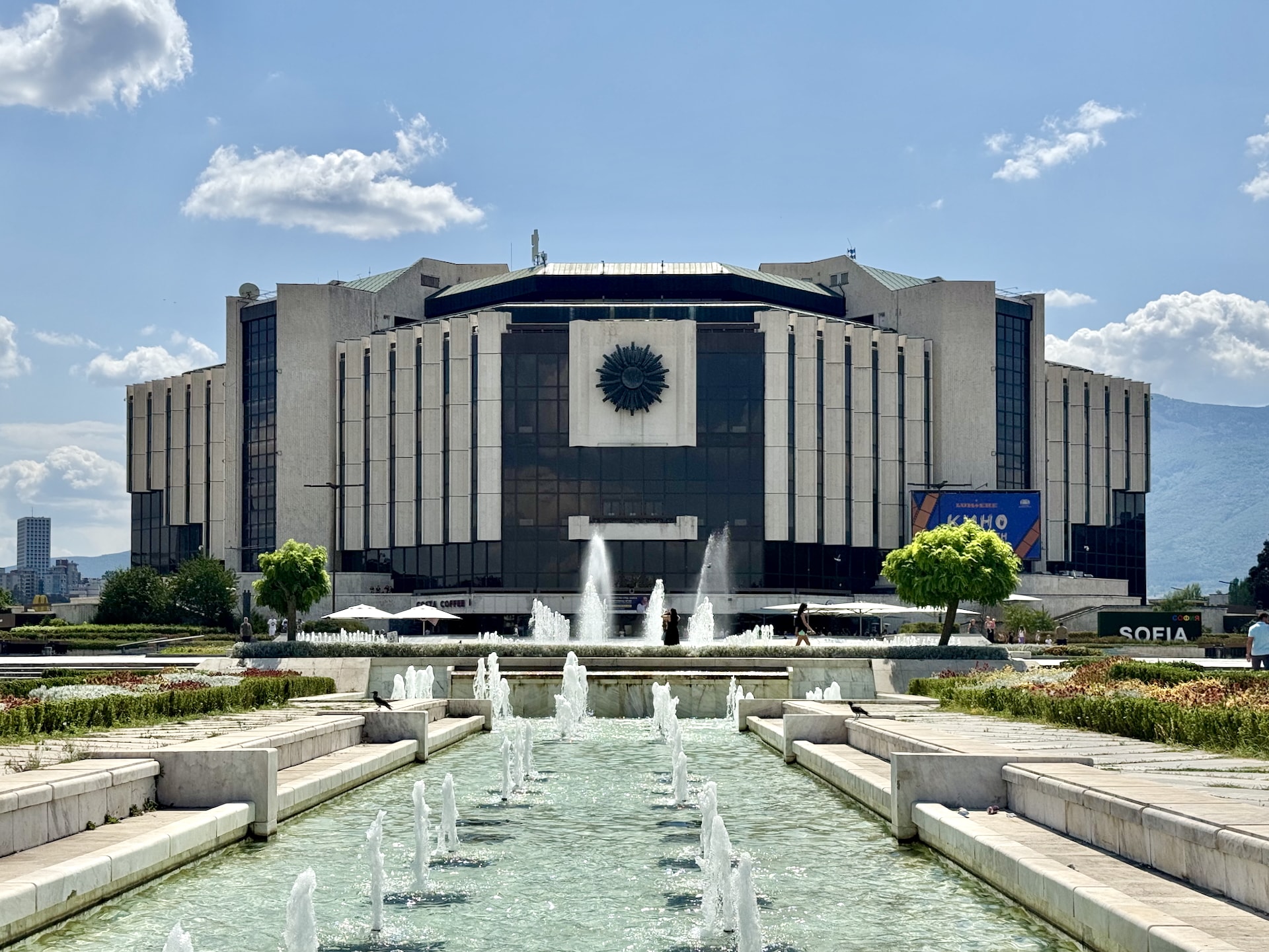
Detailed Day-by-Day Itinerary
Days 0-2 – Sofia
We arrived late evening on the first day (hence “day zero”), so beyond taking the metro to our hotel, we didn’t accomplish much. The first real day we set out to explore the city on our own and hiked up Vitosha Mountain, while day two we joined a free walking tour. Our detailed Sofia report is coming soon!
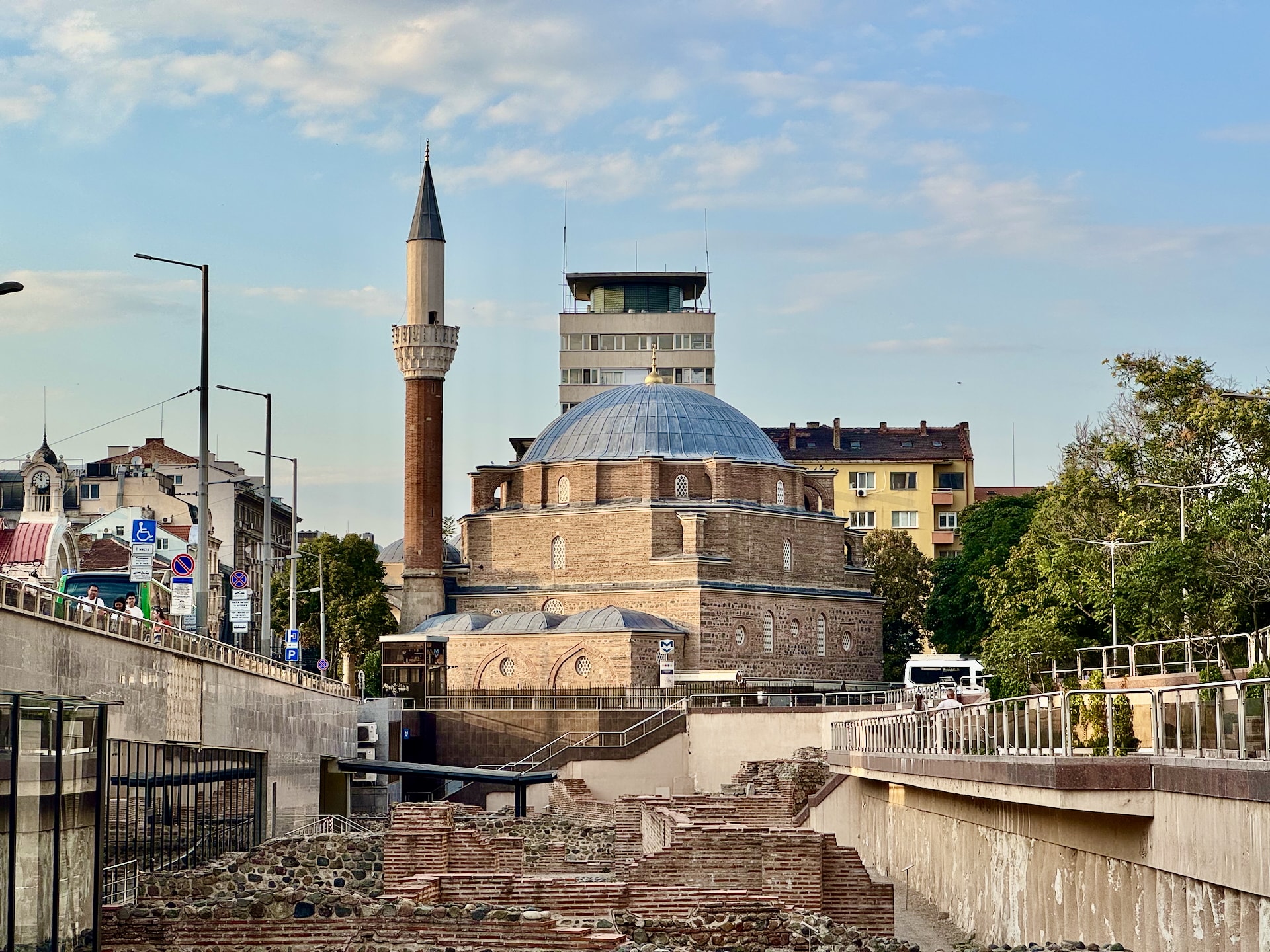
Day 3 – Seven Rila Lakes and Drive to Plovdiv
On the morning of day three, we set out to hike the famous Seven Rila Lakes. Unfortunately, the weather wasn’t kind to us, but we’ll cover this in a separate article. We arrived in Plovdiv in late afternoon, and after a pleasant dinner, we recovered from our mountain lake adventure.
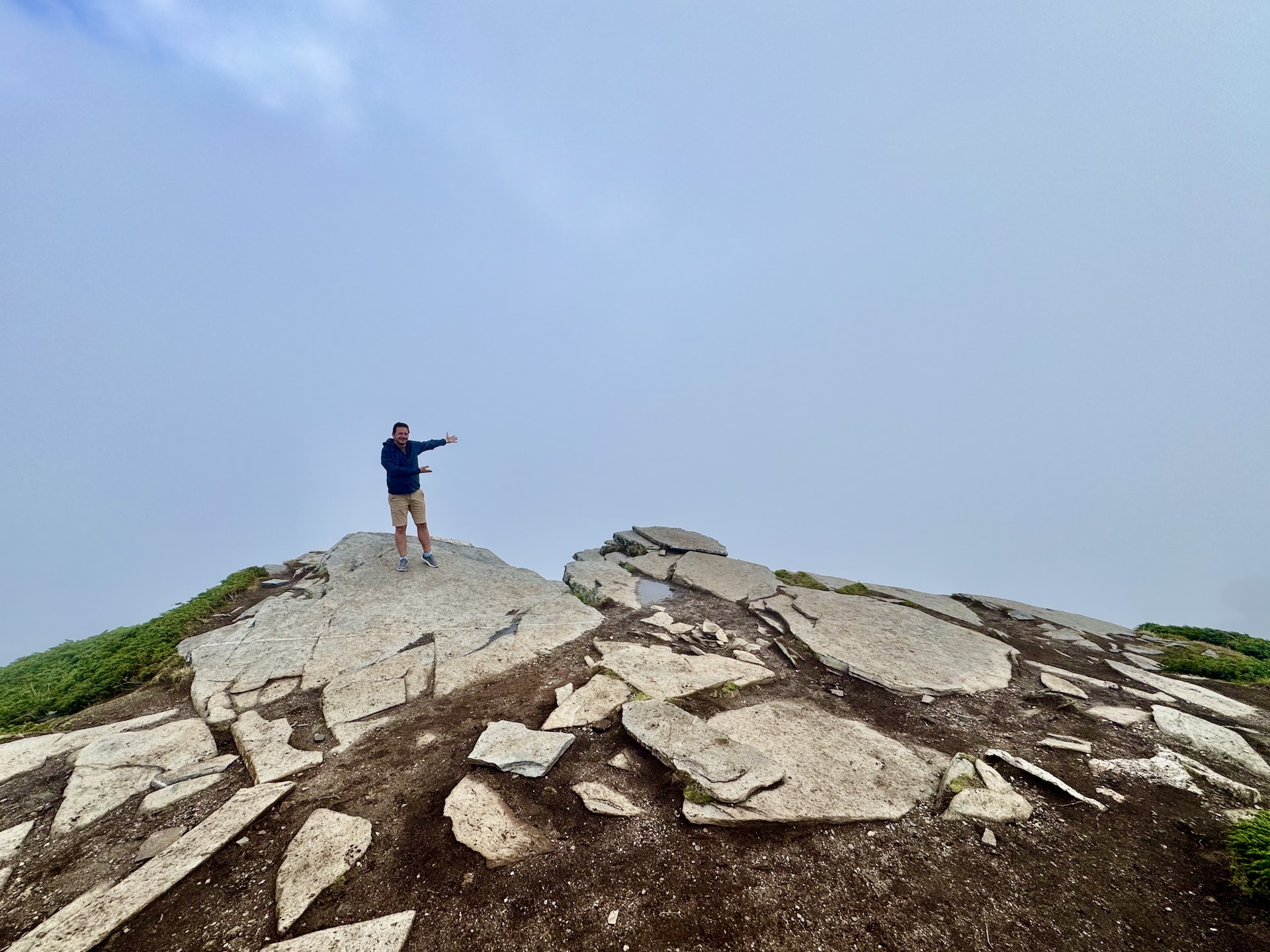
Check the weather forecast for the Seven Rila Lakes area specifically, not just Sofia. Mountain weather can be dramatically different – download offline maps before you go as mobile signal can be spotty in the mountains.
Day 4 – Plovdiv and Drive to Sarafovo
Unfortunately, we only had one day for Plovdiv – looking back, we definitely wouldn’t do it this way again. In the morning we joined a free walking tour, after lunch we explored the city a bit on our own and climbed one of the hills. Then we headed to Sarafovo, arriving at dusk.
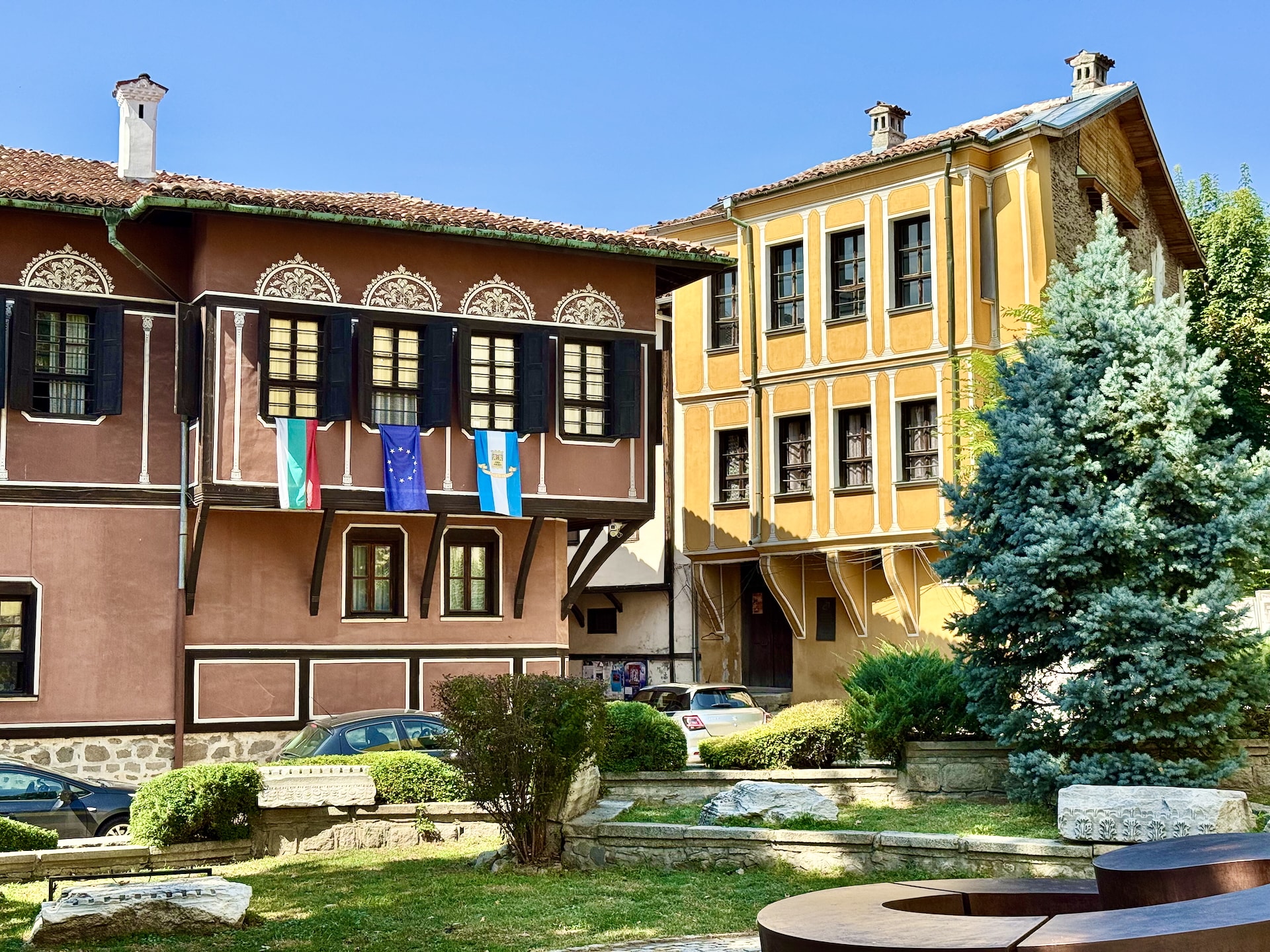
Days 5-7 – Sarafovo and Surroundings
This was (or more precisely: should have been) our relatively calmer period. We managed a properly relaxing beach day by the sea, but on the other days we visited Nesebar and Sozopol (plus a very brief stop in Pomorie). We also checked out the aviation museum next to Burgas Airport.
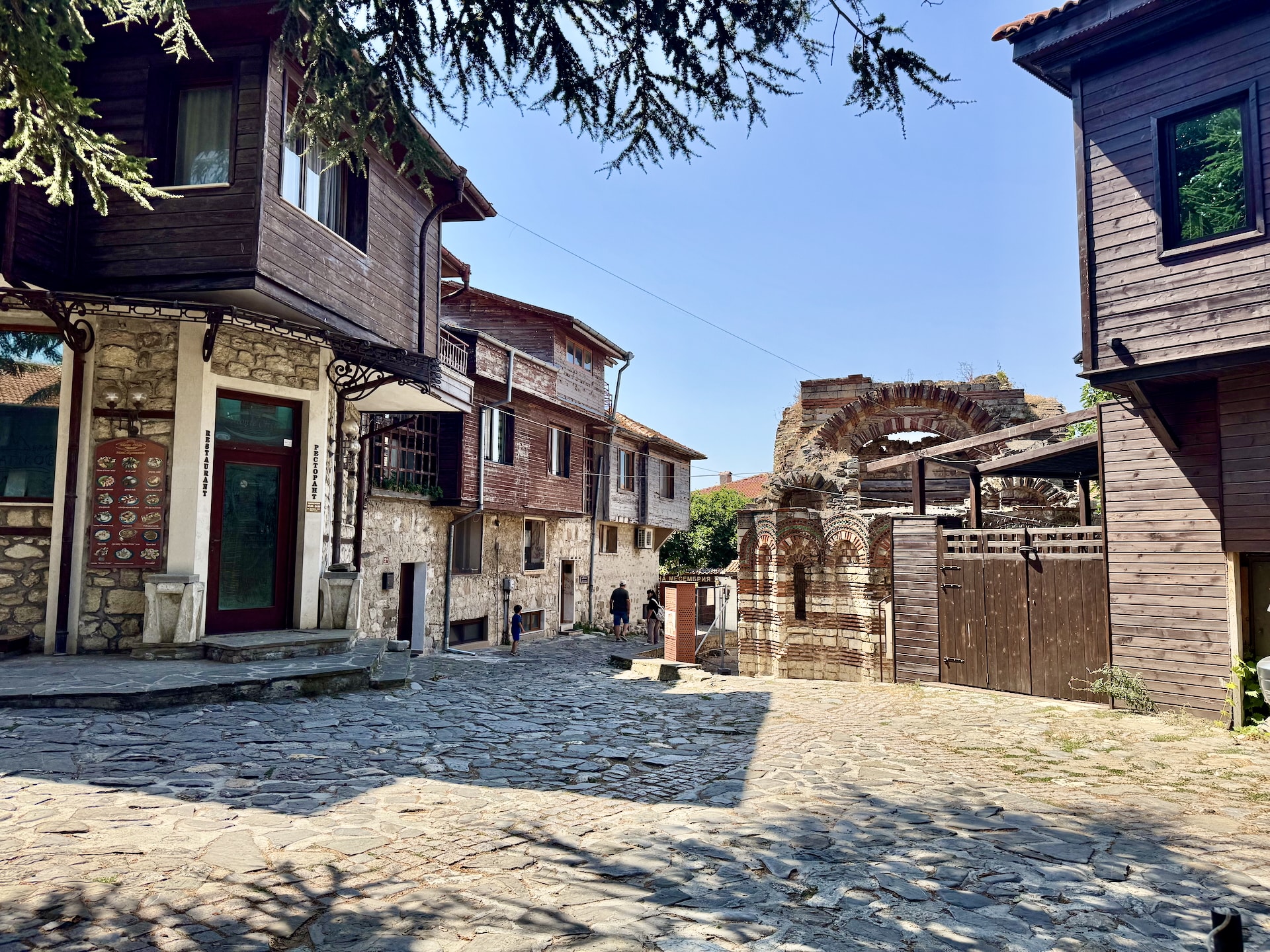
Day 8 – Drive Back to Sofia, Buzludzha Monument, Flight Home
This was a pretty exhausting day for Andrea, as she had to drive about six hours total, including not just the highway but also the mountain serpentine road leading to Buzludzha. Still, we consider this an unmissable stop even in retrospect! We finally arrived at the airport around 6:30 PM for our 8:30 PM flight.
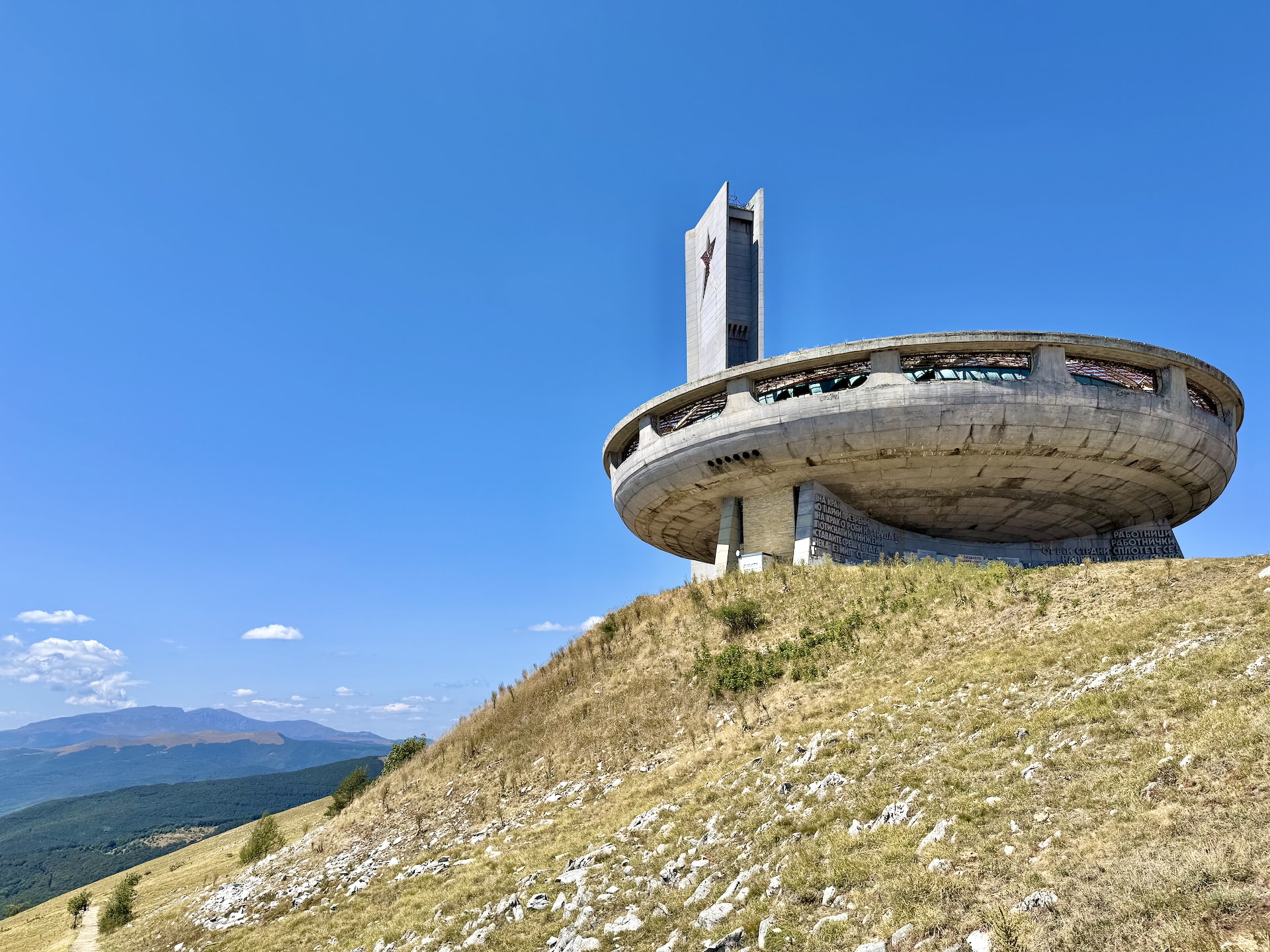
Transportation Guide Through Bulgaria
Outside of Sofia, we basically traveled by car. In the capital, we relied on the efficient local public transportation for the first few days. You can easily get from the airport to downtown by metro, and getting around is equally simple with the metros, buses, and trams. The system is user-friendly – you can simply pay the fare with a bank card when boarding, and after a certain amount, the system automatically converts to a day pass.
After leaving Sofia, we rented a car. This is definitely practical if you want to visit the Seven Rila Lakes or Buzludzha Monument, but it also significantly sped up travel to other destinations. If you prefer public transport, you can relatively easily get from Sofia to Plovdiv by train or bus (though we heard mixed reviews about the train service), and from there to Burgas. If you’re not renting a car, it might be more practical to base yourself in Burgas for the Black Sea portion, as buses to surrounding coastal towns depart from there, usually every half hour. Nesebar and Sozopol are easily accessible by bus – check schedules on the Burgasbus website.
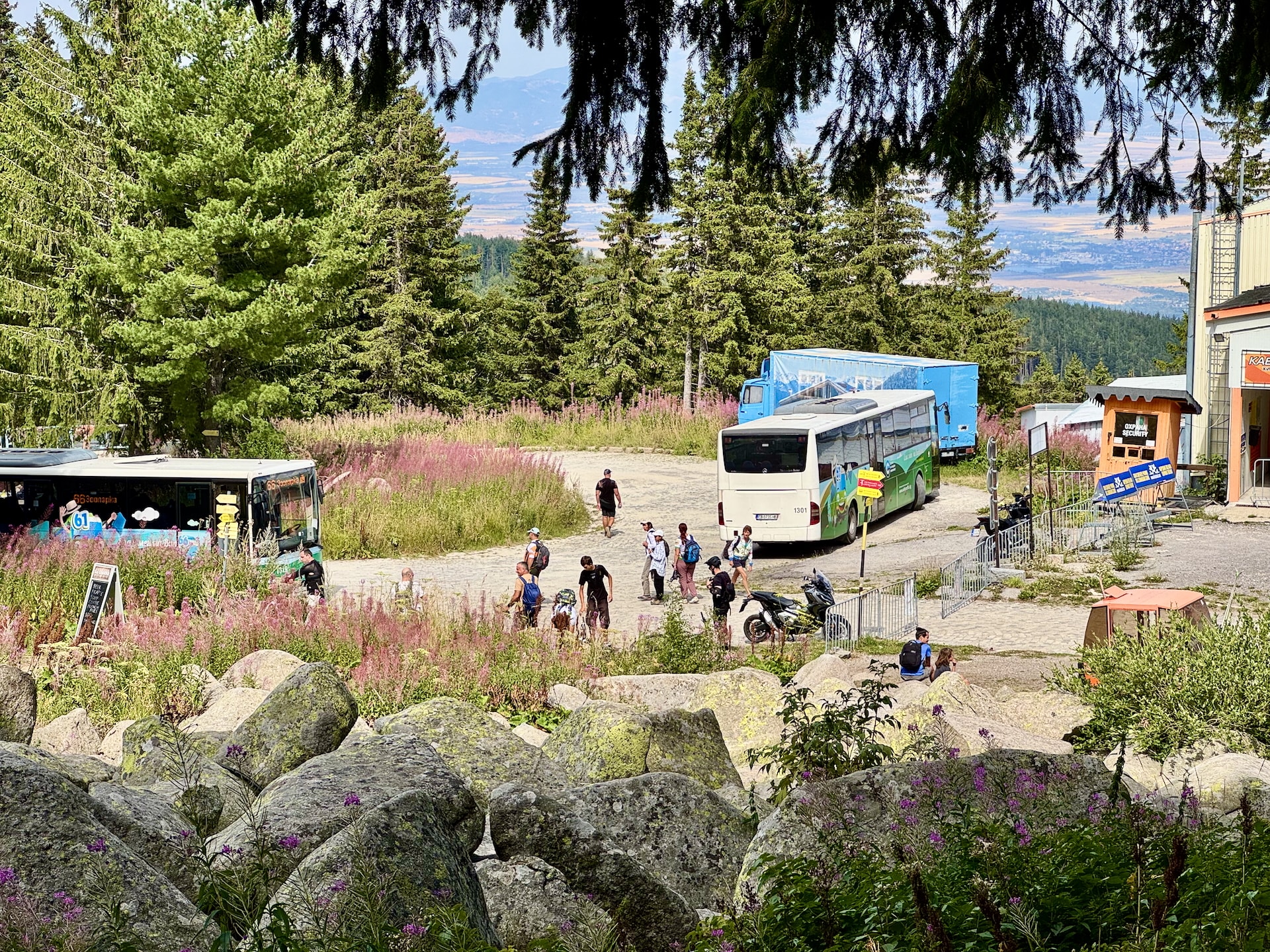
Driving is relatively pleasant, especially on the A1 highway, but we had no particular problems elsewhere either. The roads are generally good quality – we only encountered seriously potholed roads on the Seven Rila Lakes to Plovdiv route (we didn’t go back through Sofia, only joined the highway later). Driving culture is perfectly fine – locals were basically courteous and drove civilly everywhere. We rented a simple little Kia Rio with Sofia city center pickup and airport drop-off, and it was perfect for our needs.
If you’re planning to visit Buzludzha Monument, fill up your gas tank before leaving the main highway. The nearest gas station to the monument is about 12 miles (20 km) away, and you’ll burn more fuel than expected on those mountain roads.
Alternatives and What We’d Do Differently
Naturally, as with all our itineraries, we’re not claiming this is the ultimate best scenario for visiting Bulgaria. However, it fits well with our varied travel style, combining city visits, hiking, and beach relaxation. If your style differs, you could skip the Seven Rila Lakes and swap it for an extra day in Plovdiv, or if you want more relaxation, visiting just one of the historic coastal towns is plenty (or even consider staying in one of them for this strech of the trip). For winter sports enthusiasts, the country makes an excellent destination in winter too – in that case, swap the coast for somewhere like Bansko ski resort.
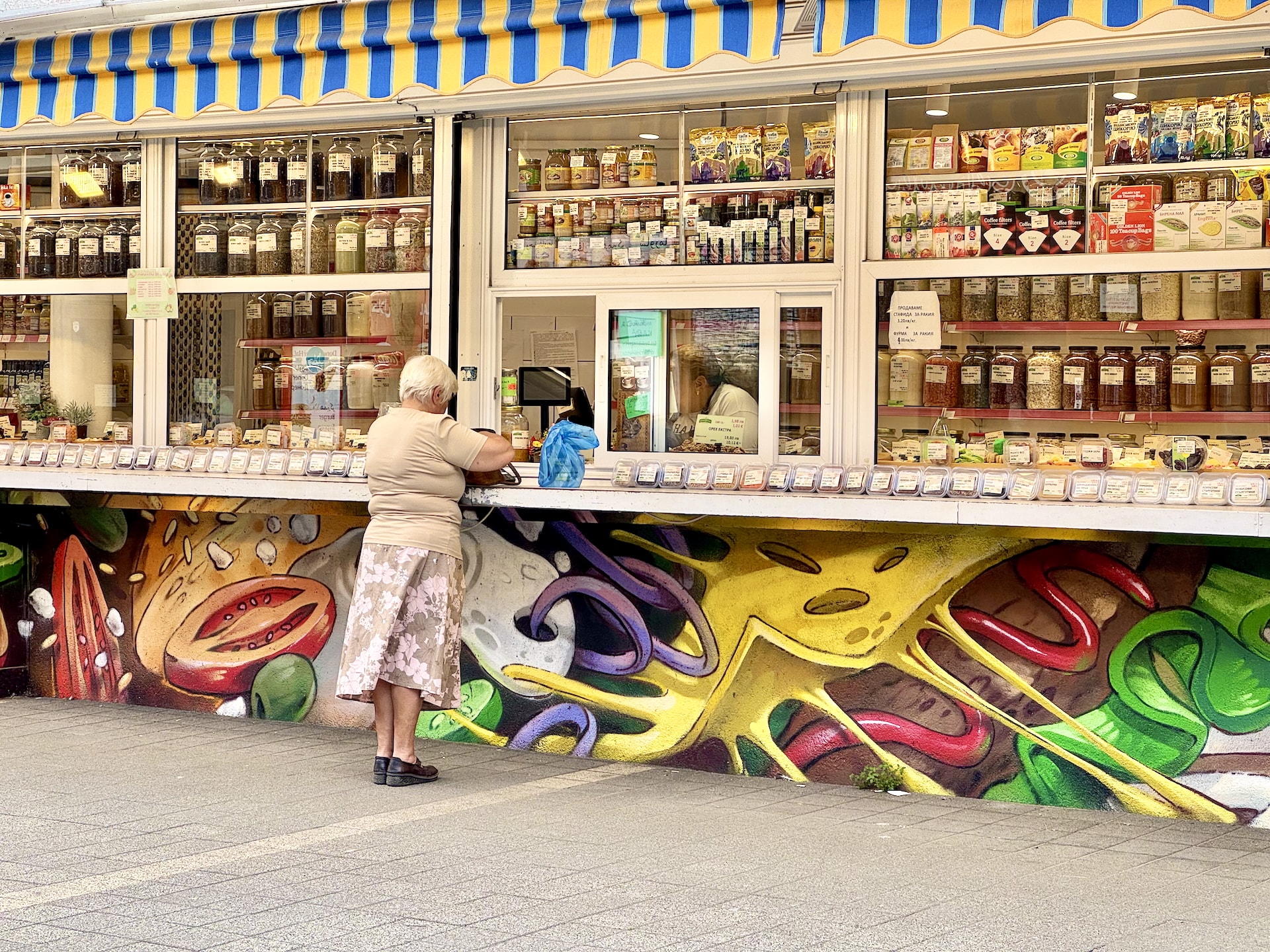
Our biggest regret was definitely allocating just one day to Plovdiv, and it wasn’t even a full day at that. I think it’s definitely worth spending two nights here, because while it’s a smaller city than Sofia, it offers about the same amount of attractions.
You could comfortably stretch this Bulgaria road trip itinerary to two weeks, in which case +1 day in Sofia and +1 day in Plovdiv fit comfortably alongside more beach time. Or if you prefer more active relaxation and “rushing around,” in two weeks you could also visit Varna and Veliko Tarnovo, incorporating them as part of a circular route back to Sofia. By the way, both Burgas and Varna have international airports with regular flights to numerous European cities, so if things work out (it didn’t for us), you don’t necessarily need to complete a circle through the country.
Consider flying into Sofia and out of Burgas (or vice versa) if flight prices allow. This “open-jaw” ticket approach eliminates the long drive back to Sofia on your last day, giving you more time to enjoy the coast. However, exploring Buzludzha won’t be so easy this way.
